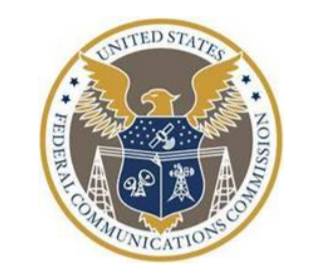The National Telecommunications and Information Administration (NTIA) tells the FCC it supports the goal of improving receiver performance, especially interference immunity. It notes that receiver performance is more important as spectrum demand rises.
The FCC voted in April to refresh the record on the issue, Inside Towers reported. The agency worries that as demand for spectrum continues to rise, not introducing receiver performance specs — such as being spectrally efficient — can impact its ability to introduce new services in the same or nearby frequency bands. Comments on the issue were due Monday evening.
NTIA says it will review the refreshed record to learn more about ways to improve receiver performance. That includes working with spectrum colleagues in other federal agencies “to ensure that systems supporting critical public missions — involving public safety, national security and the advancement of science — continue to be protected from harmful interference,” says NTIA. It anticipates developing an Executive Branch position on the issue.
As part of NTIA’s system certification process, it “routinely” collects information concerning relevant characteristics of receiver performance. For example, “agencies requesting certification of land mobile radio systems in the 162-174 MHz and 406.1-420 MHz bands are required to provide information regarding their spurious rejection, adjacent channel rejection, and intermodulation rejection. Those requesting certification of radar systems are required to provide information regarding radio frequency and intermediate frequency filter selectivity, spurious rejection, and stability,” says NTIA.
In other cases, involving radar systems, the standards were developed by NTIA with assistance from the relevant agencies. NTIA is currently working with its Interdepartment Radio Advisory Committee to refine the standards and reporting requirements for federal radar systems.
NTIA uses the data it collects in several ways. It employs the data for fixed systems as part of an automated process that optimizes frequency assignments. NTIA plans to extend this automated process to frequency assignments in other types of federal systems.
NTIA also uses this data to analyze spectrum sharing opportunities. “For instance, as we consider the potential for commercial wireless systems to operate near federal systems, we use the available receiver performance information the agencies have provided in their system certification requests,” says NTIA.
NTIA’s Institute for Telecommunication Sciences has a history of measuring and analyzing receiver performance of radio systems for spectrum sharing and electromagnetic compatibility studies. That includes systems such as: radars, satellite earth stations, terrestrial communication systems (4G, 5G, 6G), and radar-detecting sensors in connection with the Citizens Broadband Radio Service Environmental Sensing Capability networks in the 3.5 GHz band, and Dynamic Frequency Selection technology at 5 GHz.
By Leslie Stimson, Inside Towers Washington Bureau Chief





Reader Interactions